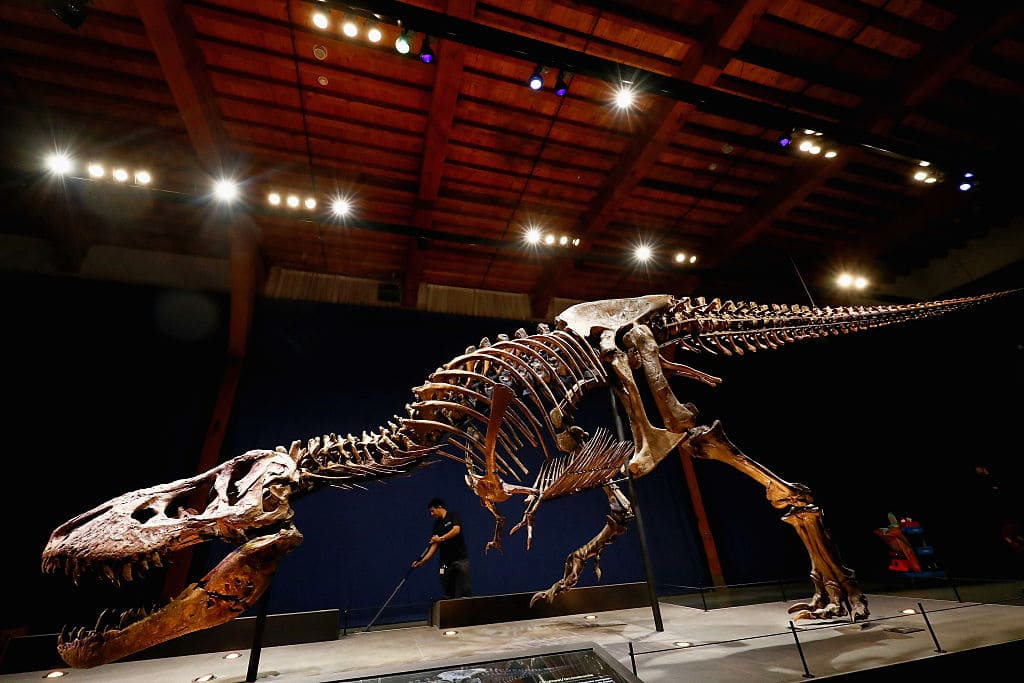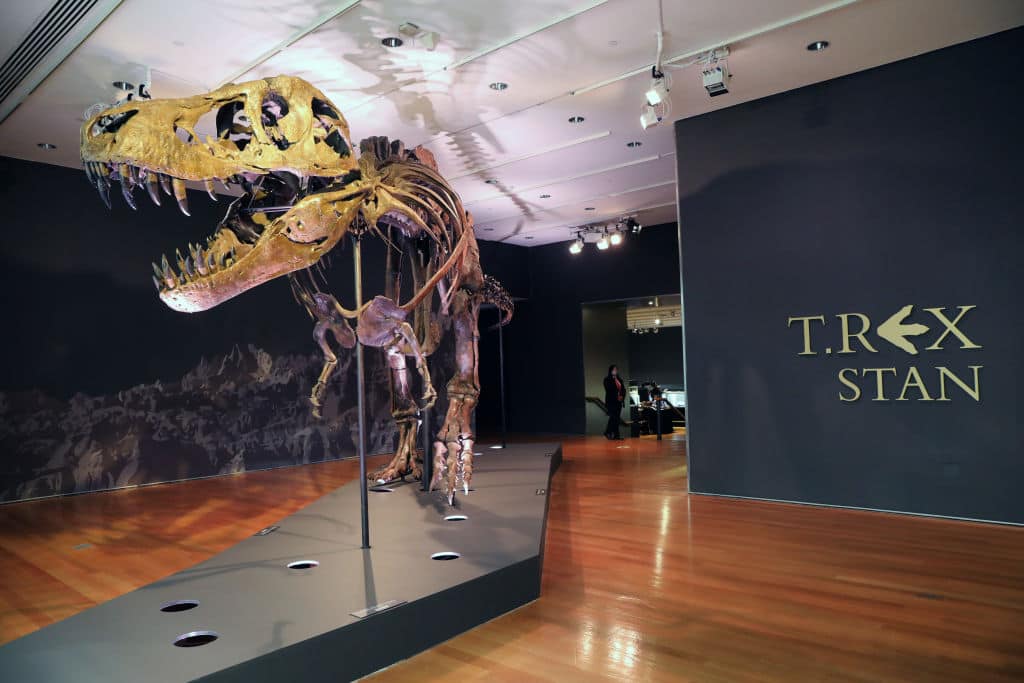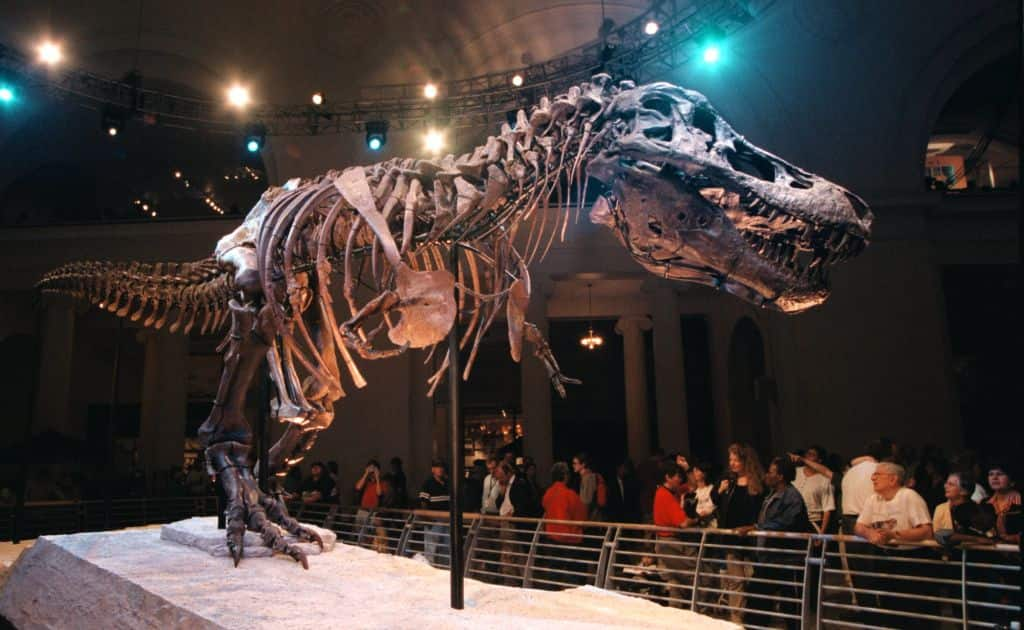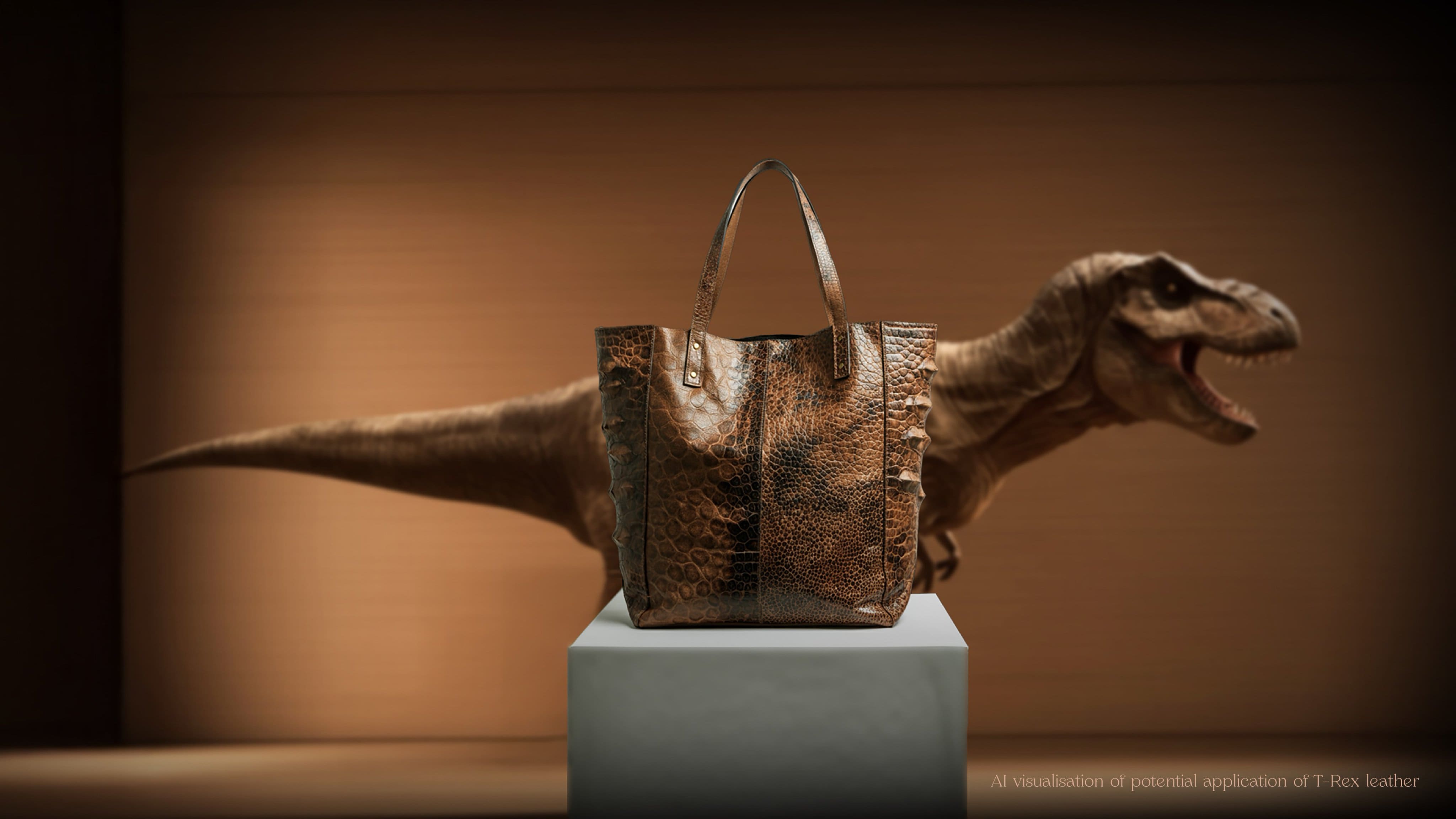A groundbreaking project aims to create the world’s first T.Rex leather, combining ancient DNA with cutting-edge biotechnology to produce sustainable luxury materials.
Fashionistas may soon be sporting an accessory that takes them back in time — approximately 70 million years, to be precise. A new and revolutionary trend is emerging, as a team of scientists announces plans to create the world's first T.Rex leather, derived from the DNA of the prehistoric beast.
🦖 BREAKING: VML Netherlands partners with Lab-Grown Leather Ltd. & The Organoid Company to create T-Rex leather!
— VML (@vml_global) April 25, 2025
"We're harnessing the biology of the past to create luxury materials of the future," says Bas Korsten, Global CCO, Innovation.
Learn more: https://t.co/zt5hKHAXYt pic.twitter.com/QoREqhJpnk

In a project that fuses cutting-edge science with creative innovation, researchers aim to produce sustainable luxury materials from the DNA of ancient species. The T.Rex leather initiative builds on previous in 1988 when a fragment of collagen was extracted from a T.Rex fossil discovered in Montana. The fossil was one of the most complete specimens at the time and even contained preserved blood proteins.
The new endeavor will involve using this collagen fragment to artificially recreate the full-length T.Rex collagen sequence. After ensuring it closely resembles the genetic makeup of T.Rex ancestors, the team will incorporate it into lab-grown leather cells, “growing” it into a dense network of collagen, similar to the middle layer of skin. This will eventually produce T.Rex leather.

The T.Rex leather project is a collaboration between The Organoid Company, Lab-Grown Leather Ltd, and the creative agency . Development will take place at a lab in Newcastle, UK. According to Thomas Mitchell, CEO of The Organoid Company, the project showcases how “cutting-edge genome and protein engineering” can create entirely new materials.
"By reconstructing and optimizing ancient protein sequences, we can design T.Rex leather, a biomaterial inspired by prehistoric biology, and clone it into a custom-engineered cell line," said Mitchell.
Bas Korsten, Global Chief Creative Officer at VML, added, “With T.Rex leather, we're harnessing the biology of the past to create the luxury materials of the future."

One of the most significant benefits of T.Rex leather is its potential environmental impact. Traditional leather production is linked to deforestation and the use of harmful chemicals like chromium in tanning processes, which can lead to pollution. The new technology promises a more sustainable alternative, significantly reducing environmental damage and eliminating concerns about animal cruelty that often accompany traditional leather production.
The team behind the project emphasized the importance of both sustainability and ethics. "The material is fully biodegradable while maintaining the durability and repairability of traditional leather, offering a sustainable, cruelty-free, and traceable alternative," the team stated.

Initial applications for T.Rex leather will focus on accessories, with the goal of launching a flagship luxury fashion product by the end of 2025. Following the success of their proof-of-concept design, the team hopes to expand into other sectors, such as the automobile industry.
Professor Che Connon of Lab-Grown Leather explained, "We're unlocking the potential to engineer leather from prehistoric species, starting with the formidable T.Rex. This venture showcases the power of cell-based technology to create materials that are both innovative and ethically sound."

As science continues to delve into the realm of ancient DNA, fashion may never be the same again. The T.Rex leather project is setting the stage for a new frontier in sustainable luxury materials, opening doors to a future where prehistoric biology plays a role in everyday innovation.
You may also like

31 civilians killed by paramilitary forces in Sudan's Omdurman: Volunteer groups

Titanic survivor's haunting letter written onboard sells for record £300,000 at auction; here's what it said

Ravi Bishnoi: Ravi Bishnoi started jumping with joy after hitting Bumrah for a six, even Rishabh Pant and Zaheer Khan could not stop laughing..

Hamas delegation meets Turkish FM over Gaza developments

Israeli forces carry out airstrike on Beirut







